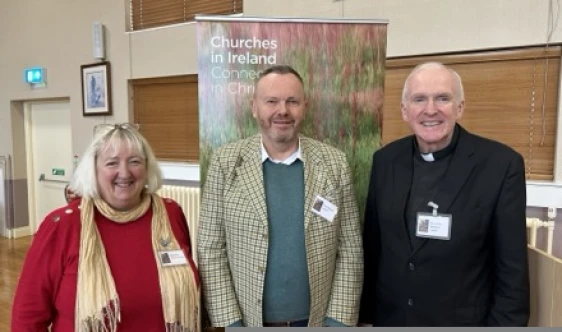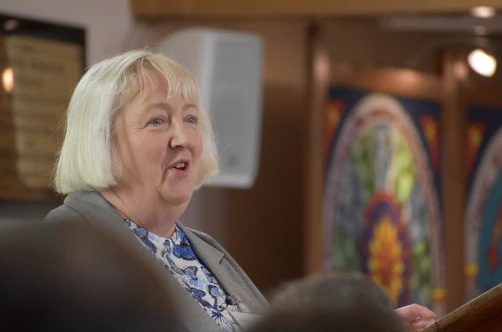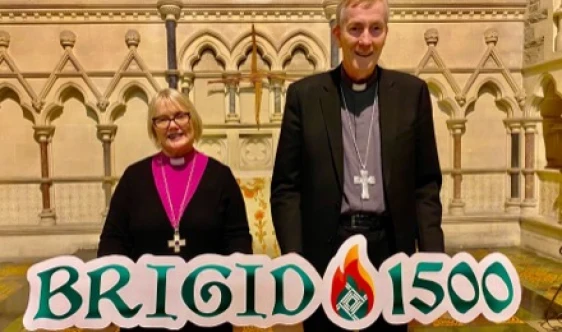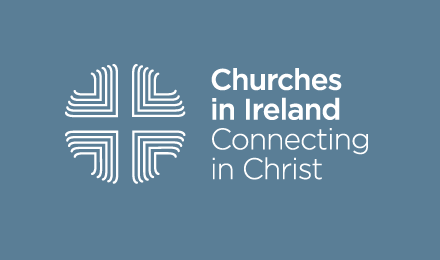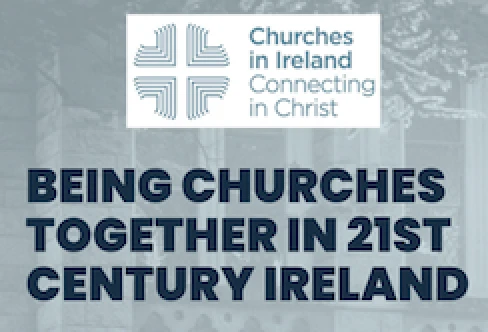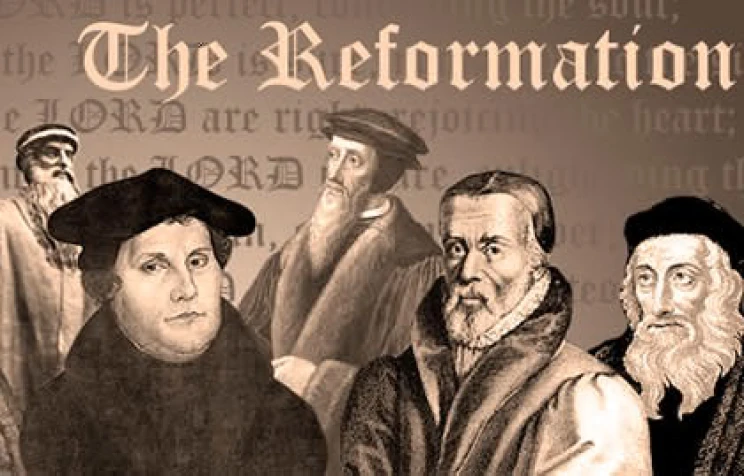
Aspects of the Reformation: Some historical context
In the second of a series of weekly blog posts, ICC President, the Rt Rev John McDowell, discusses the historical context of the Reformation.
The very first Christians and the early church saw themselves as a new sort of community or society given meaning, and identity, and a way of life, by what God had done in Jesus Christ. That identity of being subject to Jesus Christ and accountable only to the Church for the quality of their discipleship had led to confrontation with the Roman Empire. Although in their origins they were a very small and socially insignificant group of people, they felt that their belonging together was more important than anything else. After the writings contained in the New Testament almost the only other form of Christian literature which has survived are the accounts of martyrdom at the hands of the Empire.
Christianity was legalised in the 4th century and eventually became the religion of most people in the Empire, both in the East and in the West. Being a Christian was normal, and Christian beliefs and behaviour became the usual and natural form of social life.
Even after the Roman Empire collapsed in the West and Europe was overrun by what used to be called “the barbarians” (people who originated in what is now Germany and didn’t speak Latin) the Church continued as a coherent society and almost a successor state to the Roman Empire. It was a cosmopolitan body organised hierarchically and governed by a set of rational laws which were administered through a very highly organised network of courts leading up to the highest court (in Latin “curia” ) in Rome. In that sense it provided a very attractive and organised contrast to the new kingdoms which were being established by the Germanic tribes which were subject to very variable local customs, rather than rational laws, and to the whim of local royal power.
The Church also had an educated and literate body of clergy (called in English “clerks”) who effectively became the civil service of Europe and as such were able to secure very great privileges for themselves. It was during this period that the Church began to define itself primarily through its professional class. To “go into the Church” was to become a clergyman rather than simply to be part of the Body of Christ through baptism and belief.
So to a large extent the Church, specifically the educated clergy and the bishops, ruled the roost and were inclined to interpret the world to their own advantage. Against this was the advantage which they provided as the only body capable of administering good government according to legal principles.
That situation could not last for ever and over time, particularly in places north of the Alps and in the Italian City States, a doctrine of the God–given rights of secular rulers evolved, as did a class of trained lawyers who were not clergy. All of this coincided with a particularly bad spell for the institution which sat at the top of the Church’s system of ordered government — the papacy.
Without going into the details of what historians call the “conciliar crisis”, at one time in the late 14th century there were no fewer than four popes time claiming that title in France and Italy. Far from being an impartial and law bound arbiter, the papacy at this time had become the tool of certain countries in European conflicts and occasionally itself a self interested princedom in Italy. Its credibility as an impartial arbiter in either political or theological disputes was no longer tenable.
So when the Reformation came it was not just a disagreement about theology nor about the papacy over against emerging princely states — it is about both and more. At the risk of oversimplifying you could say that the Reformation debates of the 16th century were about where the true church (i.e. the Catholic Church) is to be found. “Is the Pope a Catholic” was not a joke in the 16th century.
The objection to the Medieval Church articulated by the 16th century Reformers was that it had ceased to be a church in any theologically interesting or coherent sense. That is why alongside the primacy which the Reformers gave to the Bible as the locus of authority, they also instinctively turned to the writings of the Church Fathers about the dependence of the Church on God’s action alone.
In the eyes of the Reformers, what had prevented the medieval Church from being itself for all these centuries was that it had forgotten the truth that the Church did not exist either by human decisions or by a sort of Divine delegation of powers but by the direct will and agency of God. Any community failing to understand and embody this truth failed the test of being Catholic and had to be regarded simply as a human and legal body.
That is a very brief and incomplete sketch of the political and Church background against which the Reformation took place. It was not the only “protest” against the Church. For instance, in many parts of Europe dating from about 100 years before the Reformation, but content to remain within the structures of the Church, are groups of lay people who join together for prayer and study of the Scriptures away from clerical influence. One such is called “The Brethren of the Common Life” one of whose members wrote a little handbook of devotions for lay people which is known to us as “The Imitation of Christ” and is still in print today, and used by people of many denominations.
